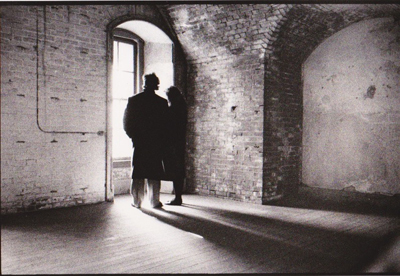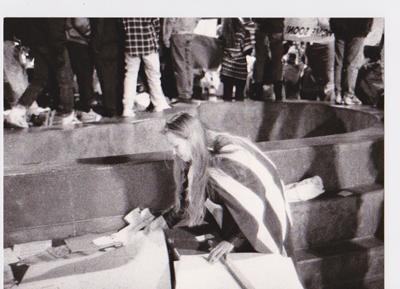Blog Author Richard Newman
This week Kodak reintroduced T-Max 3200, a high-speed black and white film. Why do I feel that I should just stop there and not say anything else?
I’m in awe that this film has returned. I was one of the biggest supporters of film well into this century. Along with the Texas Photographic Society and Ilford Photo, we produced two conferences called “Silver” in 2007 and 2008. Its mission was to promote film and darkroom processes, have a print competition and bring a like-minded community together. It was a huge success, but you could see the writing on the wall. Film was the past and digital was the future. Why?
As a photo-workshop instructor for over 20 years, the biggest problem that I encountered with students was that they just didn’t process their film and look at their results. How do you expect to learn anything if you haven’t looked at the work you did 6 months ago in your last workshop. Digital photography changed all that. All of a sudden you could look at the back of your camera, stand there and make exposures until you got it right. Or you could make 5,000 exposures of the same scene with every possible exposure option. It’s now up to you. No more figuring out the best way to process the film and then the real work of making prints. It seems to me that this innovation really changed the conversation from one of learning the mechanics of photography toward creativity.
Granted, many things can’t be done as well with digital. But wait, T-Max 3200 was made for low light. As digital sensors have gotten better, they have gotten more sensitive to low light—Nikon even offers a 100,000 ISO! I make my digital buying decisions based on how high the ISO rating is. So, my question is, why bring back this film?
The only reason that I can come up with is that T-Max 3200 can make art in ways that are unique to other films AND digital. When it was first introduced, I worked on what I could produce with that film for an entire year; and finally, after many many failures, came up with a method that worked for me. I exposed the film at 1000 ISO, developed it in Kodak’s Dektol paper developer for only 3 minutes with constant agitation (I used a Jobo motor-base processor). What I got was almost a pen-and-ink large dot matrix negative, and it was simply beautiful. I’ll share more images this month than I have ever before because I love some of them. They looked different than a standard silver image and had a wonderful luminescent quality about them.
Fight for Peace
Gulf War March, 1992
Two Lovers, Fort Point SF
Wrapped in a Flag
I don’t know if I answered my own question: Does anybody care anymore if there’s a new/old film out there? Time will tell, and it will be interesting to see what develops.
As always, I welcome your comments (blog@texasphoto.org).